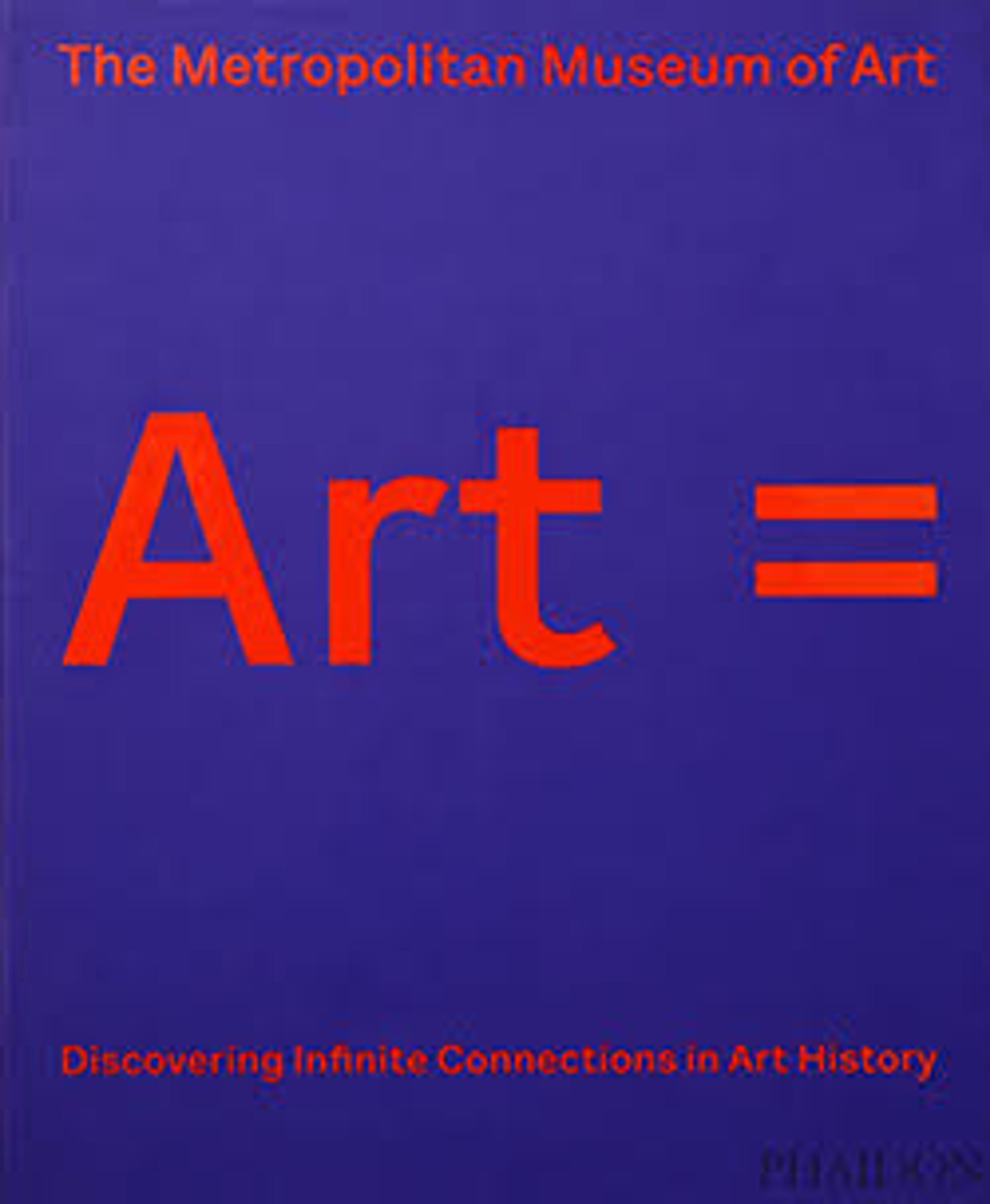English
Bowl with Arabic Inscription
The calligraphic decoration on this bowl reads "Planning before work protects you from regret; prosperity and peace," but the shortening, bending, and elongation of the letters has transformed the words into abstract motifs of tremendous power. With its monumental presence and the artful arrangement of its letters, in which vertical flourishes punctuate the horizontal flow of the words at rhythmic intervals, this bowl stands out among the many other inscribed ceramics of the same period.
Artwork Details
- Title:Bowl with Arabic Inscription
- Date:10th century
- Geography:From Iran, Nishapur
- Medium:Earthenware; white slip with black-slip decoration under transparent glaze
- Dimensions:H. 7 in. (17.8 cm)
Diam. 18 in. (45.7 cm) - Classification:Ceramics
- Credit Line:Rogers Fund, 1965
- Object Number:65.106.2
- Curatorial Department: Islamic Art
Audio
6672. Bowl with Arabic Inscription
0:00
0:00
We're sorry, the transcript for this audio track is not available at this time. Please email info@metmuseum.org to request a transcript for this track.
More Artwork
Research Resources
The Met provides unparalleled resources for research and welcomes an international community of students and scholars. The Met's Open Access API is where creators and researchers can connect to the The Met collection. Open Access data and public domain images are available for unrestricted commercial and noncommercial use without permission or fee.
To request images under copyright and other restrictions, please use this Image Request form.
Feedback
We continue to research and examine historical and cultural context for objects in The Met collection. If you have comments or questions about this object record, please contact us using the form below. The Museum looks forward to receiving your comments.
